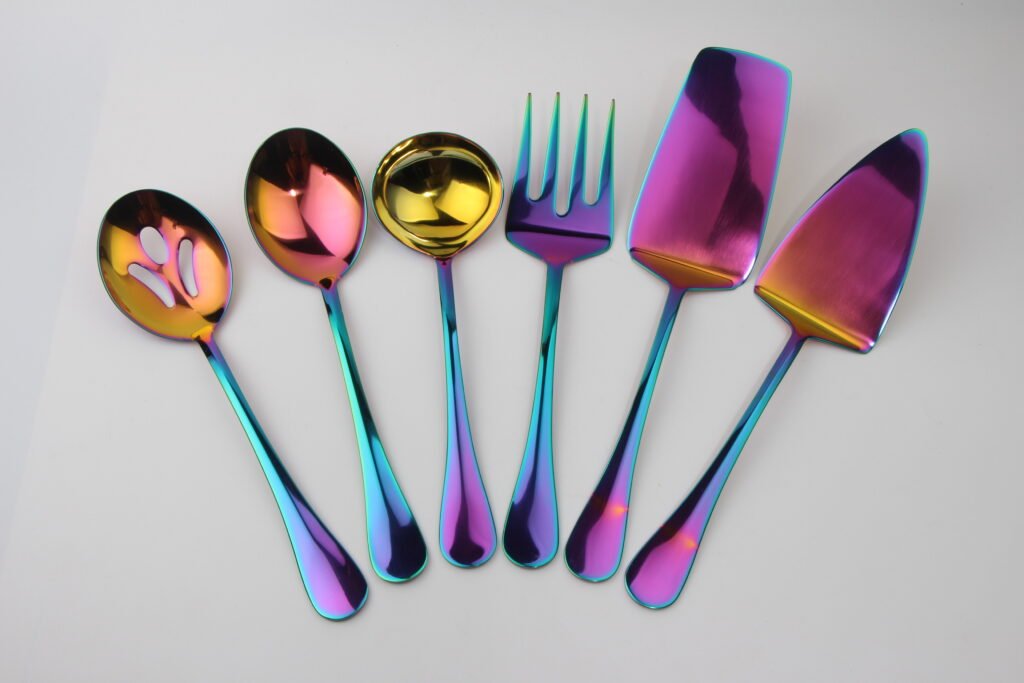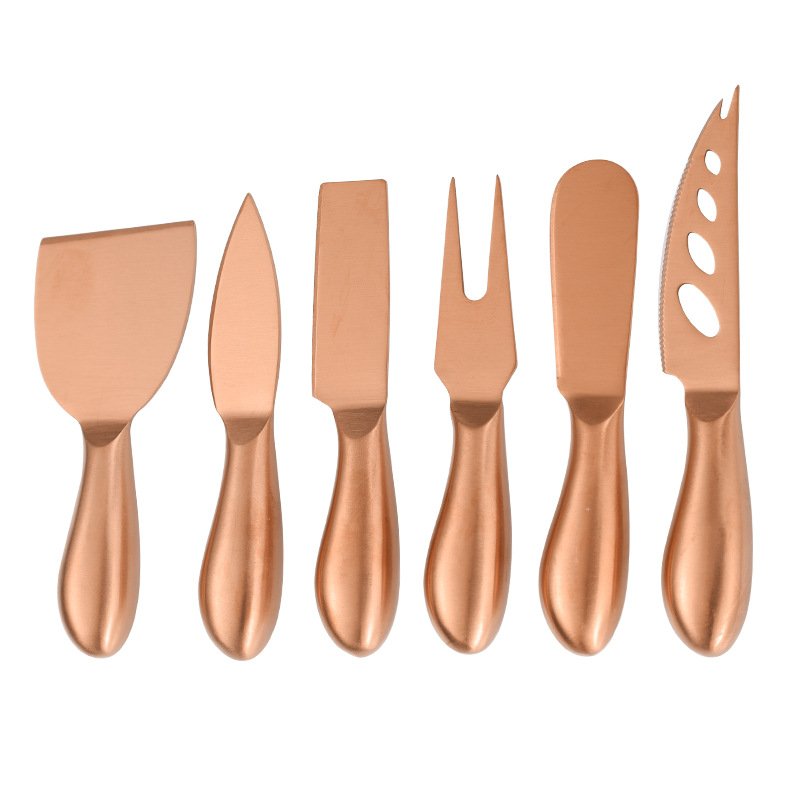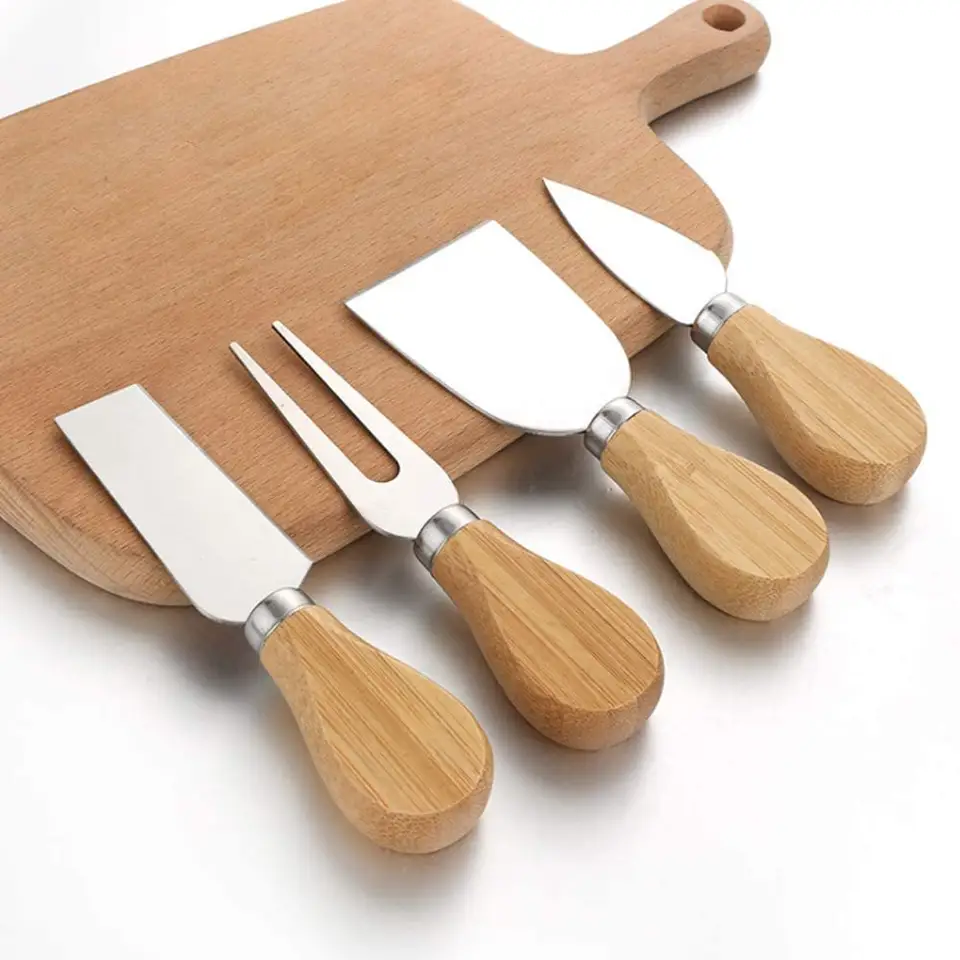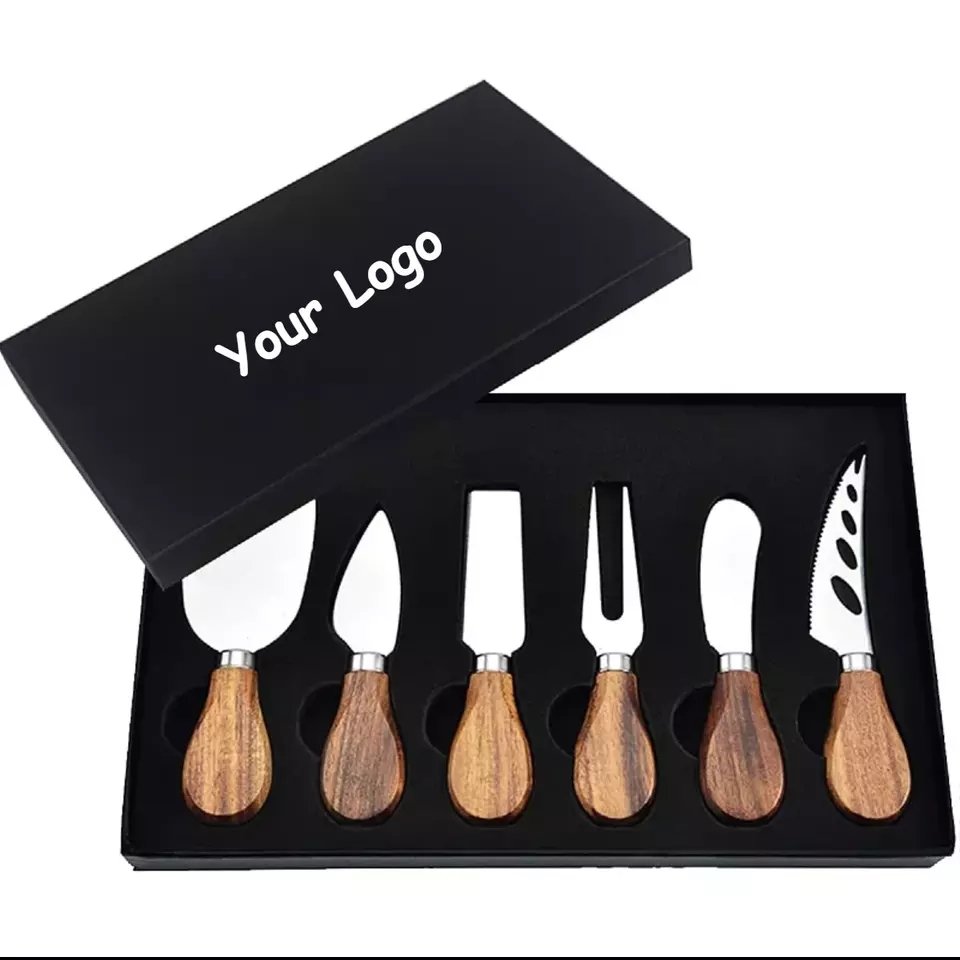Running a hotel or restaurant buffet without the right cutlery is like setting a stage with no actors—everything feels incomplete.
The best buffet cutlery should be durable, easy to maintain, and fit the theme of your hospitality setting.
When I first started supplying buffet cutlery to clients, many didn’t realize how much thought needs to go into it. Not all cutlery is created equal. Some will shine on the table. Others will just cost you money and trouble. In this guide, I’ll walk you through what really matters when choosing buffet cutlery, with simple, clear advice you can actually use.
Table of Contents
What materials are best for buffet cutlery?
Buffet service is busy, hot, and demanding. If your cutlery can’t survive constant use, cleaning, and exposure to food acids, it won’t last.
Stainless steel is the top choice for buffet cutlery, especially 18/10 or 18/8 grades, because it’s strong, corrosion-resistant, and easy to maintain.
Buffet cutlery needs to endure extreme conditions—frequent handling, harsh detergents, high temperatures, and acidic foods. Stainless steel, especially 18/10 (18% chromium and 10% nickel), provides the durability and shine that hospitality buyers demand.
Material Comparison Table
| Material | Durability | Corrosion Resistance | Cost Level | Appearance | Maintenance Level |
|---|---|---|---|---|---|
| 18/10 Stainless Steel | Excellent | Excellent | High | Glossy | Low |
| 18/8 Stainless Steel | Very Good | Very Good | Medium | Glossy | Low |
| 18/0 Stainless Steel | Good | Moderate | Low | Matte | Medium |
| Silver-plated | Fair | Poor (needs care) | Very High | Glossy | High |
| Plastic | Poor | Poor | Very Low | Dull | Low |
I once had a hotel client who opted for 18/0 cutlery to save costs. Within six months, half the spoons had stains, and guests complained. Switching to 18/10 ended up saving them money long term.
Key Points:
– 18/10 is ideal for high-end hospitality settings.
– 18/0 can be acceptable for short-term or budget events, but expect a shorter lifespan.
– Avoid silver-plated unless you have staff to maintain it properly.
How do I match buffet cutlery to my brand style?
Your buffet cutlery isn’t just a tool—it’s part of the dining experience. Wrong style? Guests feel off. Right style? Everything flows better.
Match buffet cutlery to your brand by focusing on shape, finish, and weight—it should align with your restaurant’s vibe and the food you serve.
Guests might not consciously notice your fork’s curve, but they feel it. A sleek, modern spoon says something different from a classic, ornate one. Buffet cutlery must balance function with form, and both should reflect your brand identity.
Buffet Cutlery Style Matrix
| Restaurant Style | Recommended Cutlery Shape | Finish Type | Best Weight Feel |
|---|---|---|---|
| Modern/Fusion | Angular or slim | Mirror | Light-medium |
| Traditional/Fine Dining | Curved, ornate | Satin/Mirror | Medium-heavy |
| Casual/Family Buffet | Rounded, simple | Brushed | Medium |
| Rustic/Farm-to-table | Hammered or forged | Matte | Heavy |
Here’s a story: a Turkish café owner I worked with picked a hammered matte finish fork set because it reminded her of her grandmother’s kitchen. It instantly gave her buffet a warm, nostalgic feel. Customers noticed.
Design tips:
– Go heavy for formality, light for casual.
– Match finish to lighting—matte for soft, mirror for bright.
– Handle shape should be comfortable, especially for older guests or kids.
What makes buffet cutlery durable in commercial use?
A piece that looks pretty but breaks, bends, or stains quickly? That’s money down the drain. Durability is about more than the metal.
High-quality forging, seamless construction, and proper thickness make buffet cutlery strong enough for repeated commercial use.
Most buyers just look at the material label—like “18/10 stainless steel.” But that’s not the full picture. Two forks made from the same metal can have completely different lifespans based on how they’re made.
Buffet Cutlery Construction Factors
| Restaurant Style | Recommended Cutlery Shape | Finish Type | Best Weight Feel |
|---|---|---|---|
| Modern/Fusion | Angular or slim | Mirror | Light-medium |
| Traditional/Fine Dining | Curved, ornate | Satin/Mirror | Medium-heavy |
| Casual/Family Buffet | Rounded, simple | Brushed | Medium |
| Rustic/Farm-to-table | Hammered or forged | Matte | Heavy |
For buffets, avoid lightweight stamped pieces. They bend when used to scoop heavier foods. Forged pieces cost more but resist wear. Seamless designs also prevent hygiene issues. A hotel manager once told me she switched to seamless knives after constant complaints about food sticking near the joints.
Durability isn’t just about metal—it’s about construction, finish, and real-world use cases.
How many pieces of buffet cutlery do I need?
Running out of forks during service? Disaster. Overbuying? Waste of money. Planning matters.
The standard recommendation is 2.5 to 3 times the number of seats per type of cutlery item, considering service flow and backup needs.
Let’s say you have 100 seats. That doesn’t mean you need exactly 100 of each item. Guests go back for seconds, some use extra spoons for dessert, and others drop their forks. You also need backup while some sets are being washed.
Buffet Cutlery Quantity Planning Table
| Type of Cutlery | Minimum Ratio | Example for 100 Seats | Notes |
|---|---|---|---|
| Forks | x2.5 | 250 | Includes dessert forks |
| Knives | x2 | 200 | Some guests may skip knives |
| Spoons | x3 | 300 | Tea, soup, and dessert use |
| Tongs/Ladles | Varies | 1–2 per station | Based on buffet layout |
Also consider the washing cycle. In peak times, you may need to rotate 2 full sets. One luxury resort I supply always keeps a 3x inventory—1 in use, 1 in wash, 1 ready as backup.
Planning ahead saves panic during busy weekends.

What safety and hygiene factors matter most?
Cutlery that harbors bacteria or hurts guests? That’s a legal risk and a reputation killer.
Buffet cutlery should be food-safe, easy to sanitize, and ergonomically designed to prevent slips and accidents.
Not all cutlery is made equal when it comes to hygiene. Some metals react with acidic foods. Others hold onto food bits in tight seams or joints. For commercial use, these are not just minor flaws—they’re major risks.
Hygiene and Safety Factors Checklist
| Factor | Good Practice | Red Flag |
|---|---|---|
| Food-grade certification | LFGB, FDA, DGCCRF certified | No certification mentioned |
| Construction | Seamless or welded | Riveted or multi-part |
| Surface texture | Smooth and easy to clean | Rough or deeply engraved |
| Edge and handle design | Rounded edges, safe to handle | Thin or sharp corners |
| Material compatibility | Non-reactive with food, dishwasher safe | Reacts with acids or detergents |
I once saw buffet ladles with sharp seams—guests got tiny cuts without noticing until later. It cost the restaurant a lot in reputation. Since then, I always advise rounded edges and verified certifications.
Hygiene starts from design—not just cleaning procedures.
What are some common cutlery mistakes to avoid?
Even experienced buyers sometimes focus too much on looks or price and miss the key usability issues.
Avoid buffet cutlery that’s too heavy, unbalanced, poorly polished, or not tested for dishwasher use—it’ll cost more in the long run.
Let’s talk about real-world mistakes. I’ve seen buyers fall in love with an eye-catching spoon set, only to find out later the finish wore off within months. Or the handles were so long they wouldn’t fit their tray drawers.
Common Buffet Cutlery Mistakes Table
| Mistake | What Happens | Better Choice |
|---|---|---|
| Choosing based on looks only | Wears out quickly, poor function | Check weight, polish, and grip first |
| Skipping dishwasher tests | Rust, stains after cleaning | Ask for lab test or test a sample batch |
| Buying sets without replacement | Can’t re-order matching pieces | Confirm SKU consistency with supplier |
| Ignoring ergonomics | Guest discomfort, slower service | Test handle comfort with real users |
Sometimes people forget the basics: buffet cutlery is used fast, often, and by many. It has to work in real conditions, not just look good in catalog photos. Always test samples first. Always check specs.
How to set up cutlery for a buffet?
When the food looks great but guests can’t find a fork, frustration kicks in. A chaotic cutlery setup can ruin even the best buffet spread.
To set up cutlery for a buffet, choose between pre-set, centralized, or station-based methods, depending on your layout, guest flow, and service style.
The way you place cutlery impacts your guests’ experience. Too cluttered? It slows them down. Too hidden? They miss it. Too exposed? Hygiene suffers. You need a setup that’s simple, clean, and fast for guests to use—without breaking your theme.
Common Buffet Cutlery Setup Styles
| Mistake | What Happens | Better Choice |
|---|---|---|
| Choosing based on looks only | Wears out quickly, poor function | Check weight, polish, and grip first |
| Skipping dishwasher tests | Rust, stains after cleaning | Ask for lab test or test a sample batch |
| Buying sets without replacement | Can’t re-order matching pieces | Confirm SKU consistency with supplier |
| Ignoring ergonomics | Guest discomfort, slower service | Test handle comfort with real users |
I once worked with a client who ran a breakfast buffet at a business hotel. Guests were in a hurry. We switched from centralized cutlery to wrapped napkin sets by the bread, fruit, and egg sections. The guest flow improved, and complaints dropped overnight.
Key Setup Tips:
| Tip | Why It Matters |
|---|---|
| Label clearly | Helps guests locate cutlery quickly and improves flow |
| Separate types | Avoids frustration—no one wants to dig through mixed trays |
| Use dividers or bins | Keeps presentation organized and professional |
| Protect from dust | Maintains hygiene, especially for outdoor or buffet setups |
| Keep extras nearby | Ensures quick replacement during busy periods |
In short, buffet cutlery setup isn’t just about layout—it’s a silent message to your guests: “We thought of everything, even the spoon.”





